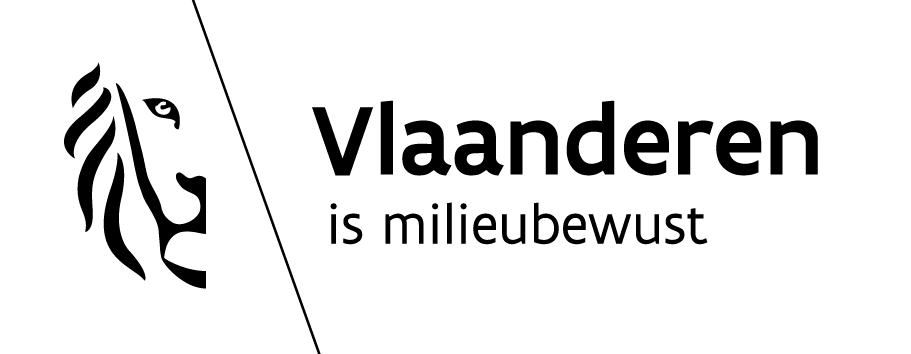
Tuesday, 9th April 2013, Delft/Brussels. A report launched today by CE DELFT, “Carbon leakage and the future of the EU ETS market”, re-assesses the criteria used to define the sectors entitled to receive free allowances under the Carbon Leakage List. The study shows that, because of the low carbon price and changes in trade intensity, the risk of carbon leakage is much smaller than was previously anticipated. By replacing outdated criteria with more realistic assumptions, the study calculates that only 33% of sectors qualify for exemption from the scheme, rather than the 60% currently protected by the list.
Today, 60% of sectors representing 95% of total industrial emissions (excluding power generators) receive free allowances up to the specified benchmarks. If more realistic criteria were applied, the CE Delft calculation shows that only 10% of allowances up to the benchmark would still be given to industry for free, with up to 90% of industrial emissions then having to be purchased in auction.
Fear of carbon leakage was an emotive issue in 2009 during design of the third phase of the EU ETS (2013-2020). As a result, major exceptions were made for sectors deemed to be exposed to the risk of carbon leakage, based on a number of assumptions regarding future trading conditions. Those conditions have changed significantly, however, posing a challenge to the Mid-Term Review in 2014, which will determine which sectors are to receive free allowances in the period 2015-2019.
“The ETS market is in a fundamentally different position from where it was in 2009 when decisions were made about which sectors would receive free allowances,” says Sander de Bruyn, main author of the report. “In 2009 carbon prices were expected to reach €30/tCO2 by 2020, but nowadays nobody believes these are attainable without significant structural reforms.”
At the same time, a growing number of non-EU27 countries now participate in emission trading schemes (e.g. Switzerland, Australia). “Carbon leakage by definition cannot occur with countries that are included in the ETS, so trade with such countries cannot be classified as carbon leakage,” says De Bruyn.
“The European Commission finds itself in a difficult position,” says De Bruyn. “On the one hand there is fierce opposition to any reforms that would increase the price of emission allowances, while on the other there may be a quiet expectation that the new carbon leakage list will still assume these high CO2 prices”. The study shows that industry may now have an argument for supporting structural reforms in order to guarantee continued free allowances. In the absence of such structural reforms, the study calls for a new Impact Assessment of the EU ETS, to be used as a guide in assessing which sectors should receive free allowances because of the risk of carbon leakage.
Source : CE Delft
_______________
Extra info :
- Read the summary
- Download report "Carbon leakage and the future of the EU ETS market" [PDF - 1.38 MB]

